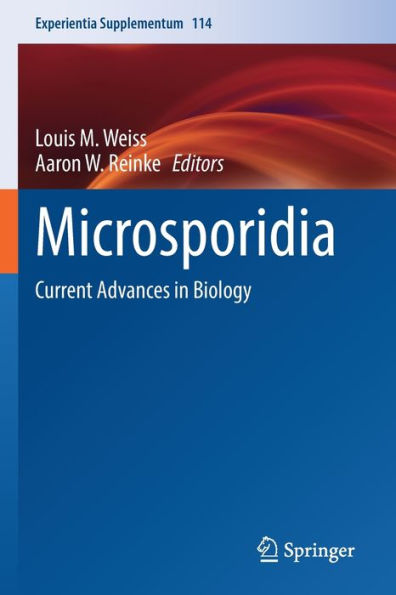Louis M. Weiss, M.D., M.P.H. is a Professor of Pathology and Medicine at the Albert Einstein College of Medicine, an attending physician at Montefiore Medical Center (Weiler Campus) Bronx, NY and an attending physician at the Bronx Municipal Hospital (Jacobi Hospital), where he also serves as a consulting physician in parasitology and tropical medicine. Dr. Weiss is a peer reviewer for numerous journals and the author of over 200 peer-reviewed articles, Dr. Weiss has contributed chapters and monographs to dozens of books in the field, and is a co-editor of six previous books on parasitology and infectious disease.
Aaron Reinke, Ph.D is an Assistant Professor in the Department of Molecular Genetics at the University of Toronto. He received his Ph.D. in 2012 from MIT, where he worked on protein-protein interactions in Amy Keating's lab. He then began studies on microsporidia and C. elegans in the group of Emily Troemel at UCSD. Subsequently, he started his own lab at the University of Toronto in September of 2017. He is a peer reviewer for numerous journals and a recognized expert in the evolution and biology of microsporidia.



